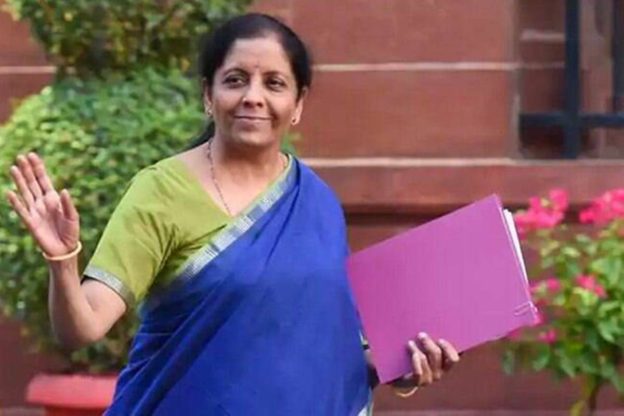Budget 2022: Implement National Logistics Policy to ease supply chain bottlenecks
The buzz around the Union Budget 2022–2023 is getting strong now that the government is expected to sustain India’s economic growth amidst the prevailing third wave of the COVID-19 pandemic.
While Q1 of FY2021-22 was subdued due to the second wave, the economy gradually resuscitated with demand recovery and the resumption of business activities. India’s Gross Domestic Product (GDP) registered a growth of 8.4 percent in Q2 (July–September), compared to a 7.4 percent contraction that was reported a year ago. This uptick brought much cheer to the logistics sector, as it registered a strong recovery in Q2 of FY2022, with the momentum carrying forward in Q3. Thus, 2021 ended on a bright note for the Indian economy.
However, the Omicron variant has emerged as a threat to global recovery, bringing with it, once again, supply chain disruptions. As India looks forward to Finance Minister Nirmala Sitharaman announcing the Budget on February 1, here are some recommendations that can alleviate the situation amidst growing concerns among businesses.
India’s logistics sector faces a yawning competitiveness gap
With India aiming to be a $5 trillion economy, the logistics sector will be a crucial enabler in achieving this. While the Indian logistics sector has a 14.4 percent contribution to the country’s Gross Domestic Product (GDP), it incurs a cost of 14 percent of the GDP against the global average of approximately 8 percent. This results in a competitiveness gap of a whopping $180 billion per annum.[3] To address this gap, logistics need to be improved and improved fast.
The Gati Shakti programme, launched last year for multimodal connectivity, is one of the right ways of doing it. But, the National Logistics Policy (NLP), which has been under discussion for a while, needs to be implemented fast to ease the supply chain bottlenecks and expedite the development of an integrated logistics ecosystem. Apart from reducing time, wastage, and cost—thereby also ensuring sustainability—the NLP is expected to enhance the seamless distribution of goods across the country and promote the ease of doing business for many players across the sector. It will further strengthen the warehousing sector by improving the quality of storage infrastructure, including specialised warehouses, and increase warehousing capacity by identifying areas of standardisation and optimisation.
The government can additionally consider capital subsidies for the construction of grade-A warehouses in small towns as that will bring in more efficiency of the distribution centres.
Allocate funds for development of multi-modal logistics parks
The Budget can allocate funds for the development of multi-modal logistics parks, which will reduce freight costs and time as well as decrease pollution and congestion. As India aims to achieve net-zero emission by 2070, the Budget can encourage green logistics by offering incentives.
India’s National Manufacturing Policy (NMP) aims to increase the manufacturing sector’s share in the GDP to 25 percent and Industry 4.0 will have a major role in achieving this. If the government incentivises investments in manufacturing, it will drive local innovation among technology providers. Government support in making factories energy-efficient will also go a long way in curbing industrial waste and reducing environmental pollution, where the manufacturing sector contributes heavily.
Defined focus essential for Vocal for Local programme
The pandemic also highlighted the need for expansion and rebalancing of production networks and developing regional markets, thereby reducing dependence on dominant geography. The government’s ‘Vocal for Local’ programme will play a pivotal role here as it aims to promote local products, manufacturing, and supply chain. However, this needs a defined focus on the policy level by adapting to lower working capital to increase resiliency.
Keeping in view the swift changes that are occurring in the global supply chain, this can prove to be a significant opportunity for India, given its recent positioning. The government’s PLI scheme of Rs 2.75 lakhs (covering various sectors such as automobile, mobile manufacturing, pharmaceuticals, and the Rs 76,000 crore for semiconductor manufacturing), rapid digitisation measures, commissioning dedicated freight corridors and economic corridors as mentioned in Budget 2021, and commitment towards increasing green energy and reducing carbon emissions are some of the measures taken to boost the manufacturing and logistics sectors.
India is projected to play a pivotal role in redesigning the global supply chain and contribute more than $500 billion annually to the global economy by 2030. Reducing logistics cost and time, ramping up the manufacturing sector with incentives, and driving more efficiency across the supply chain will bring India closer to achieving this milestone.
https://www.firstpost.com/business/union-budget-2022-budget-2022-implement-national-logistics-policy-to-ease-supply-chain-bottlenecks-10311151.html/amp





